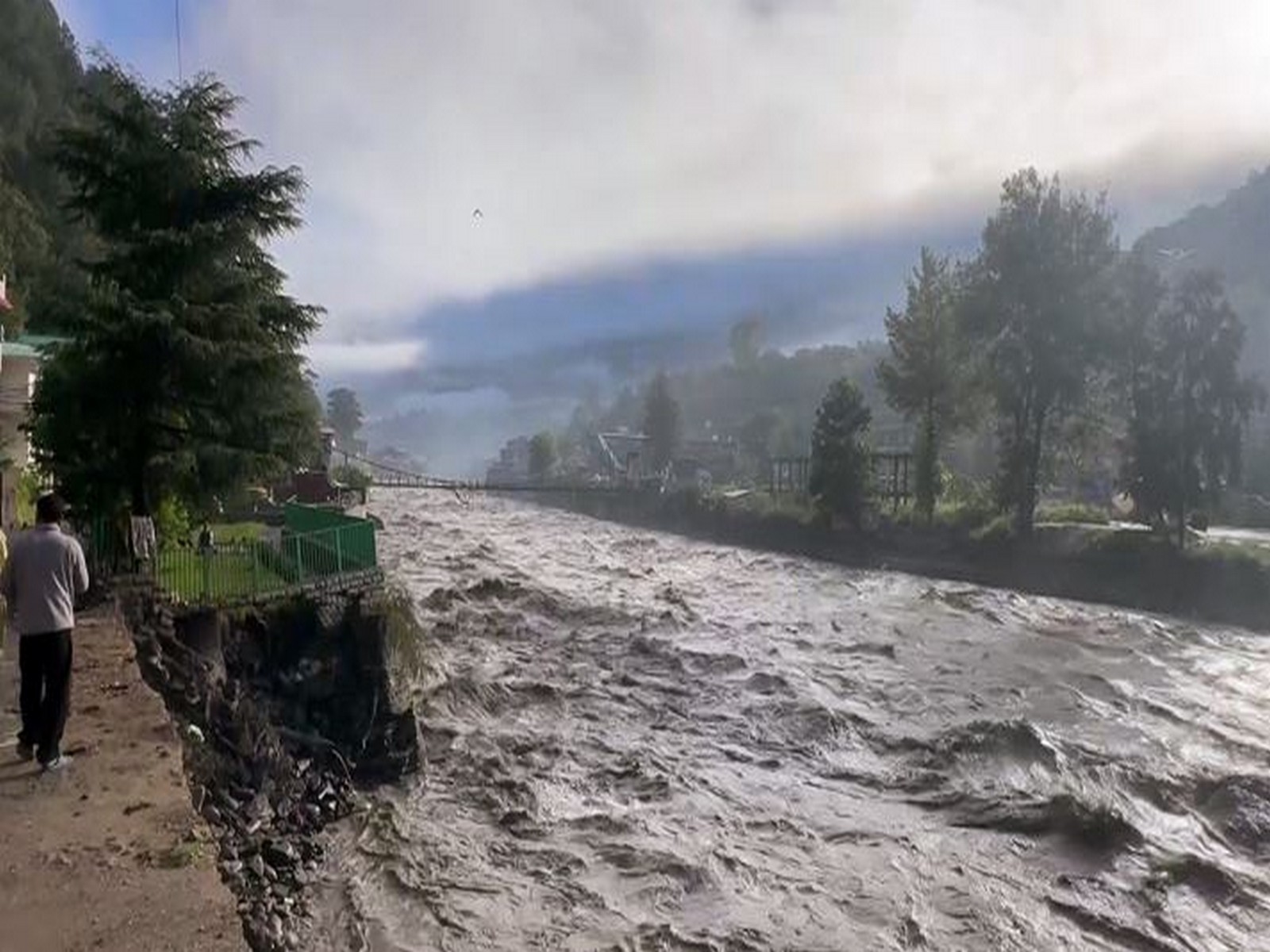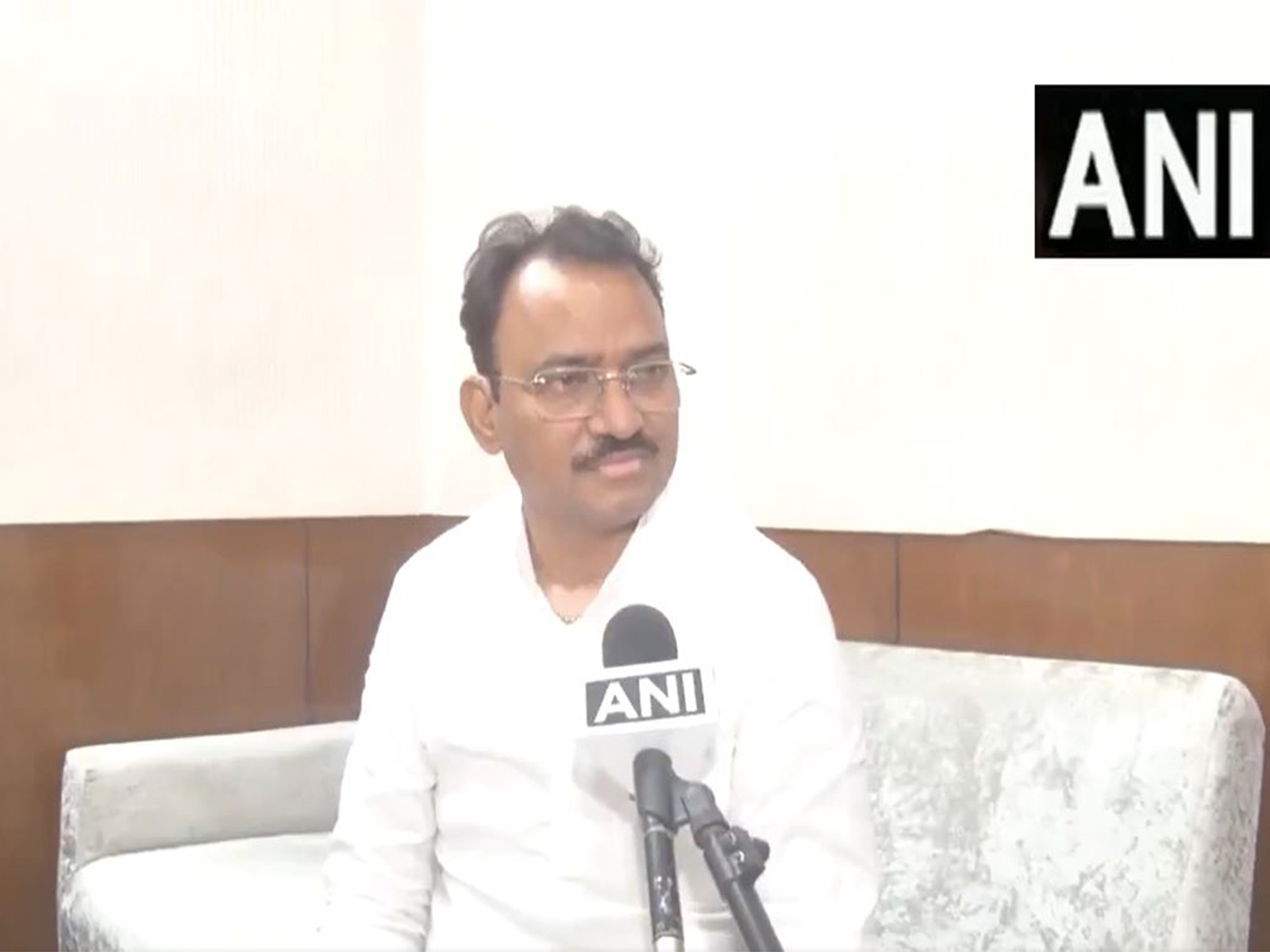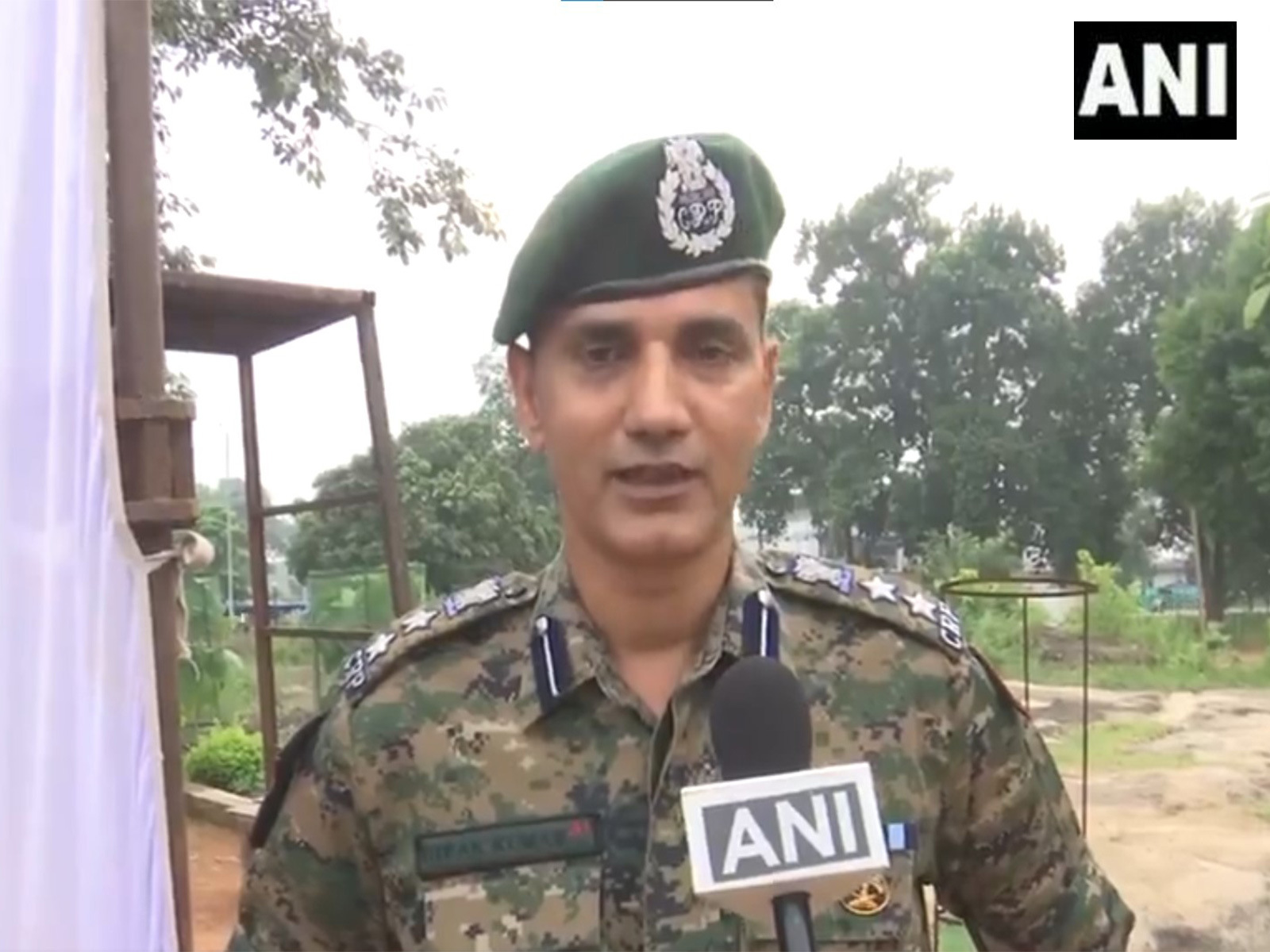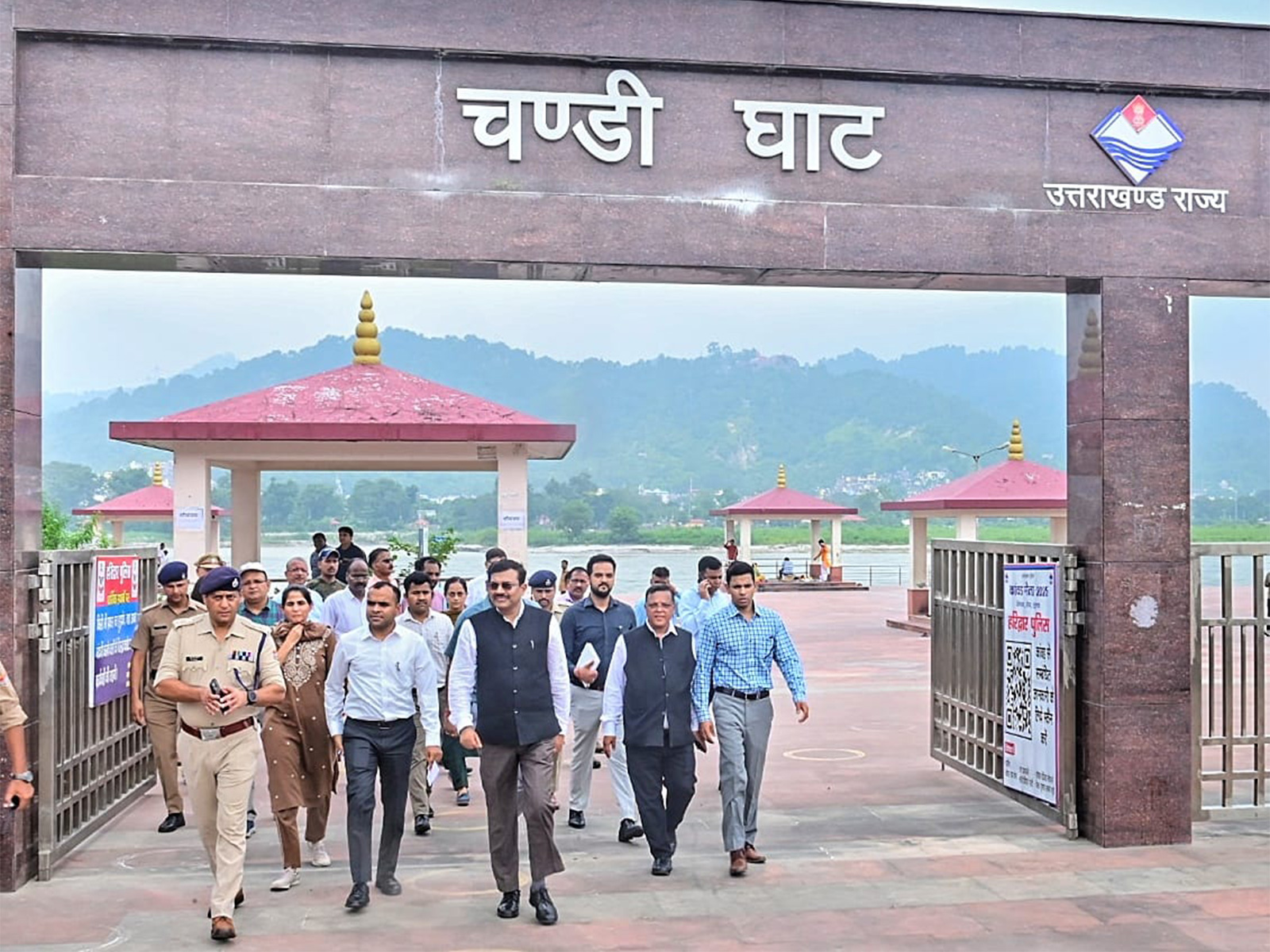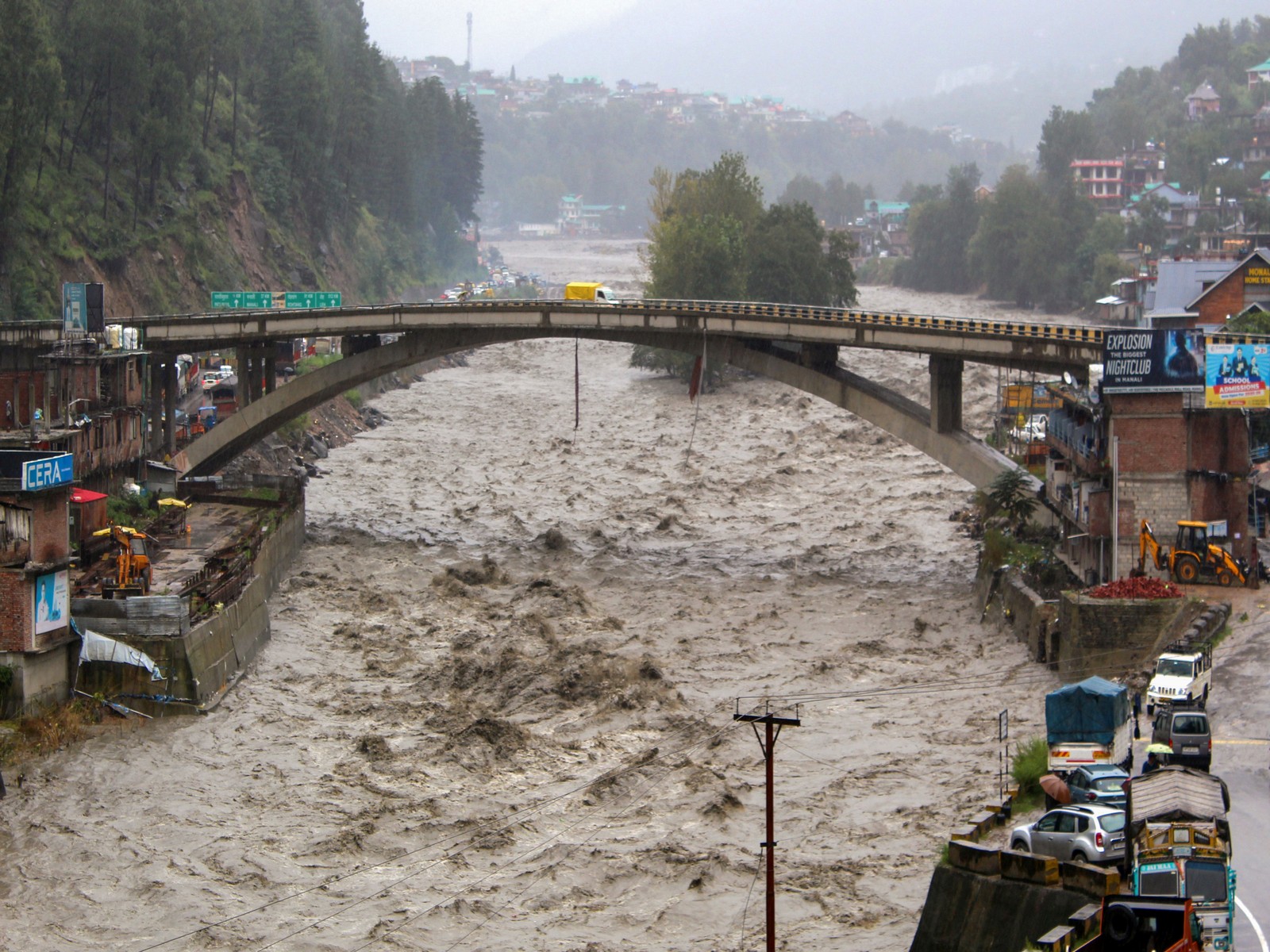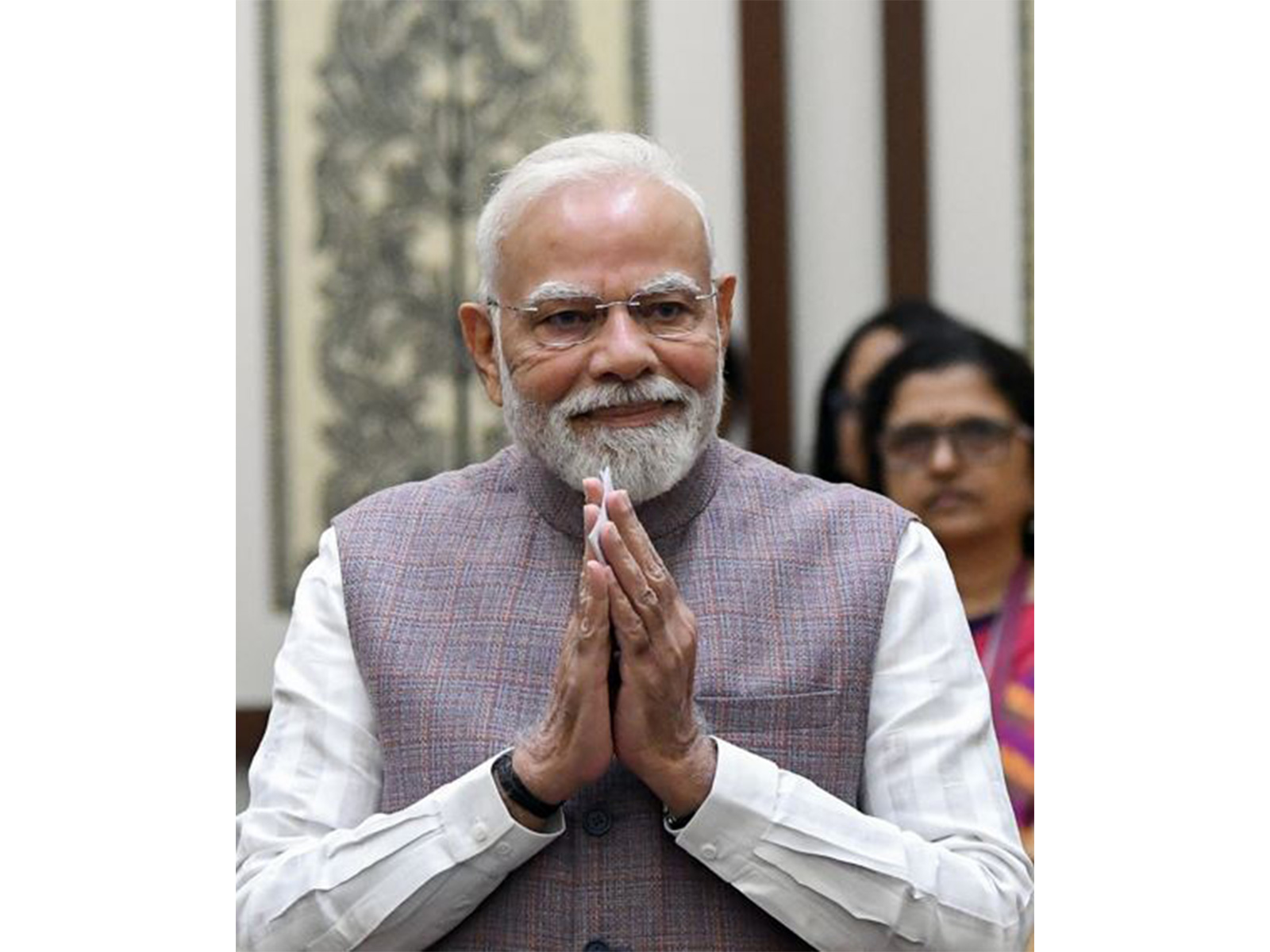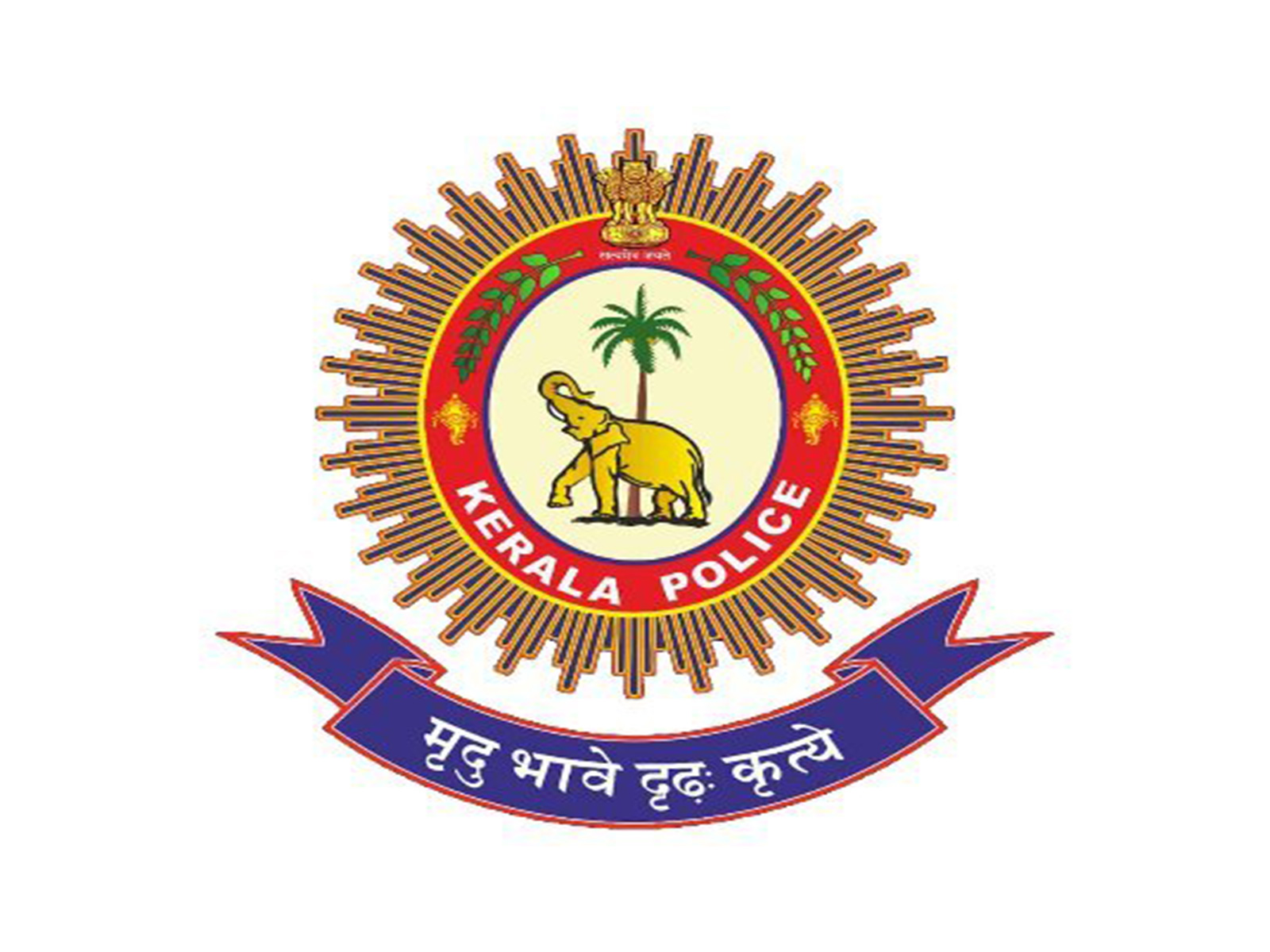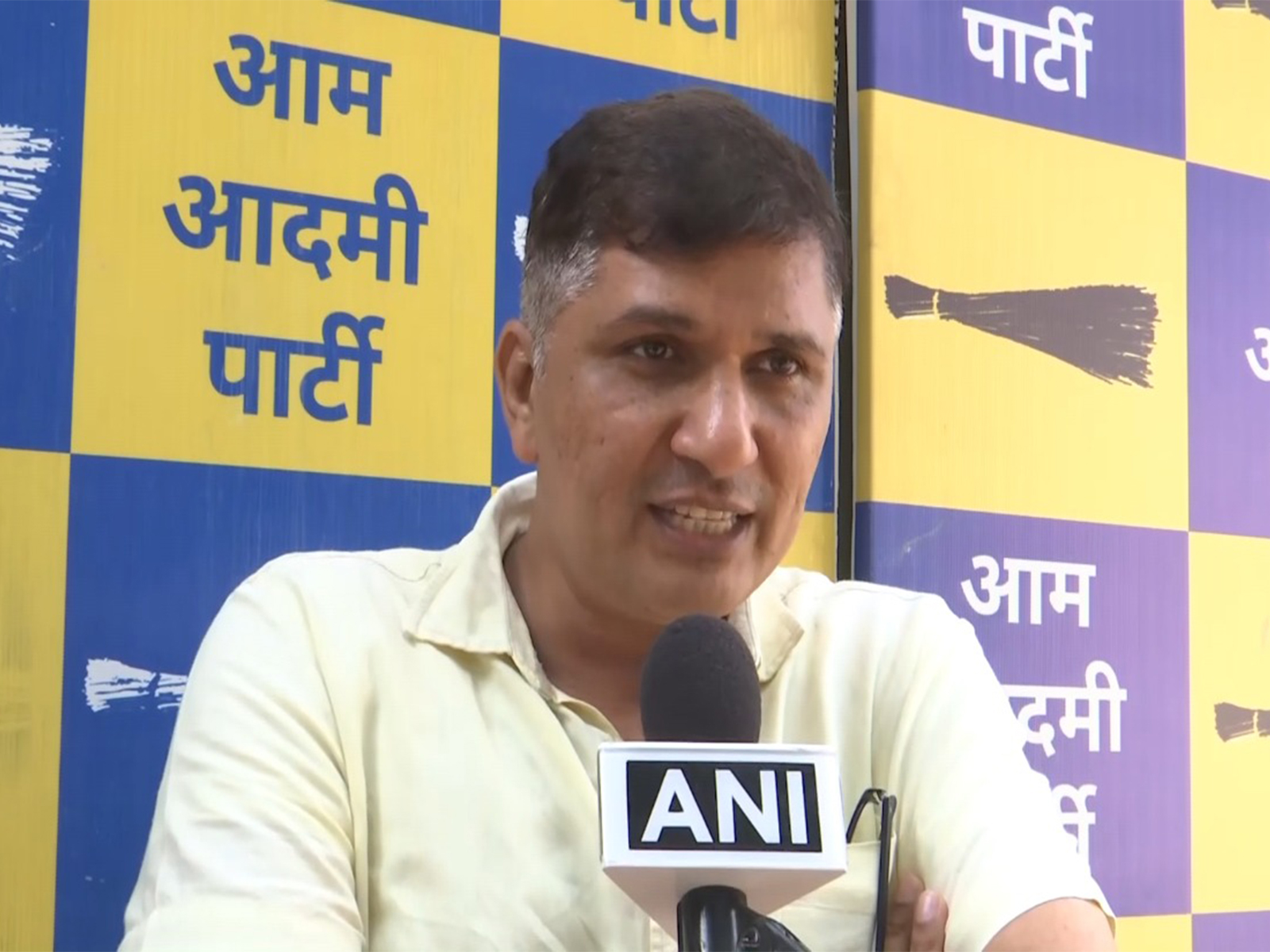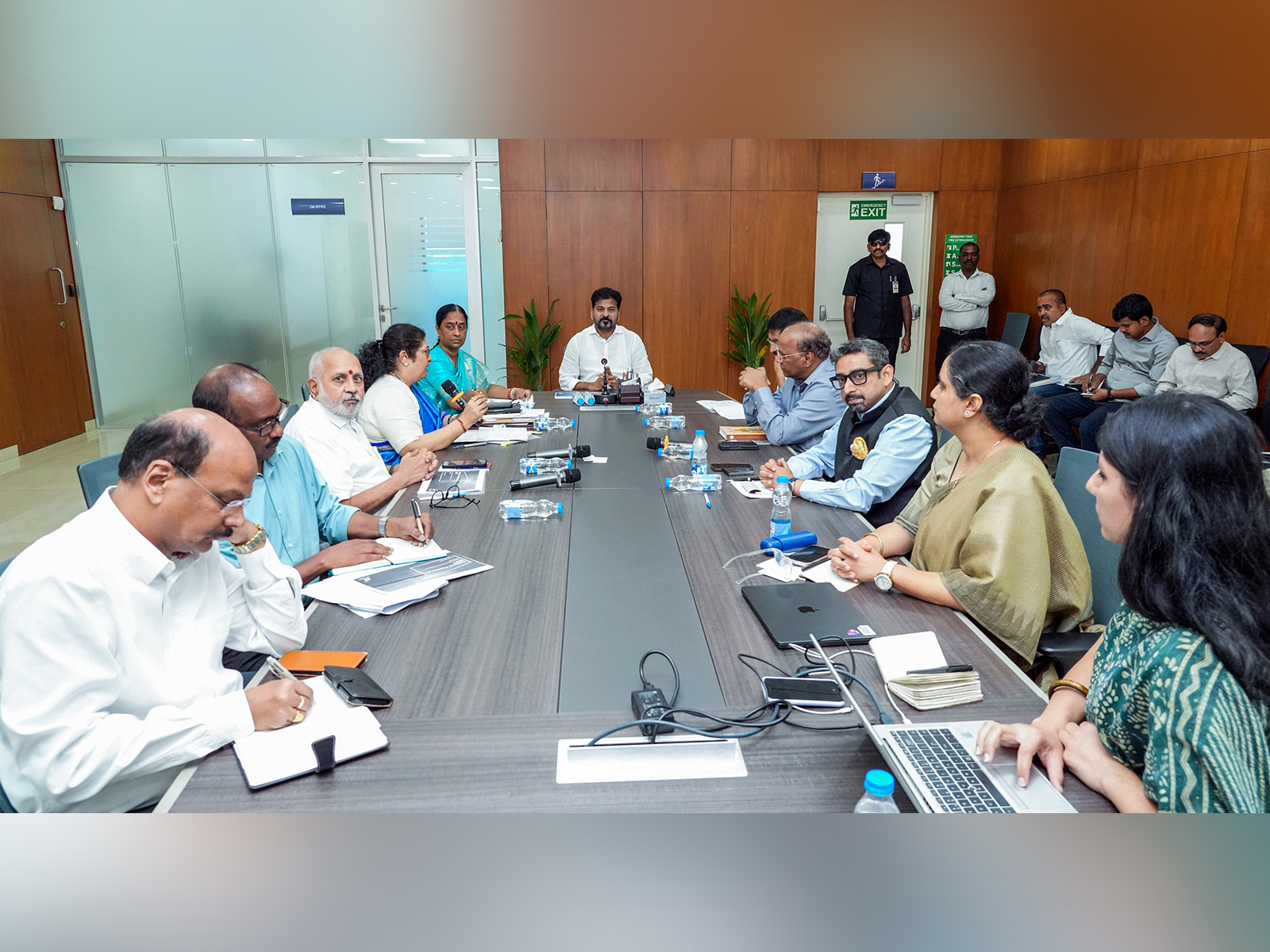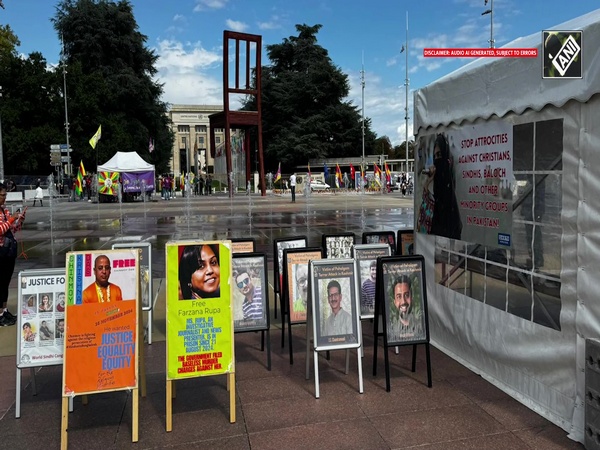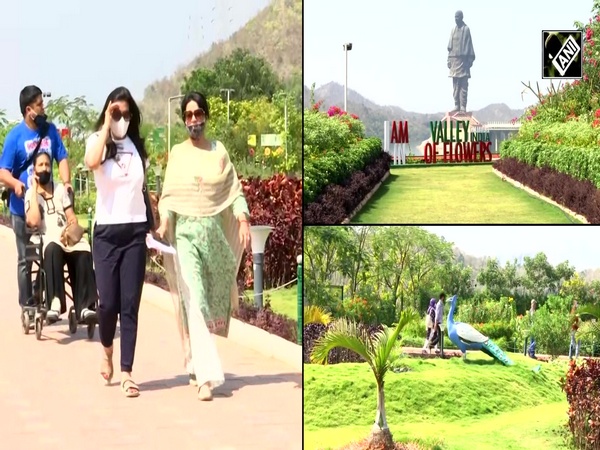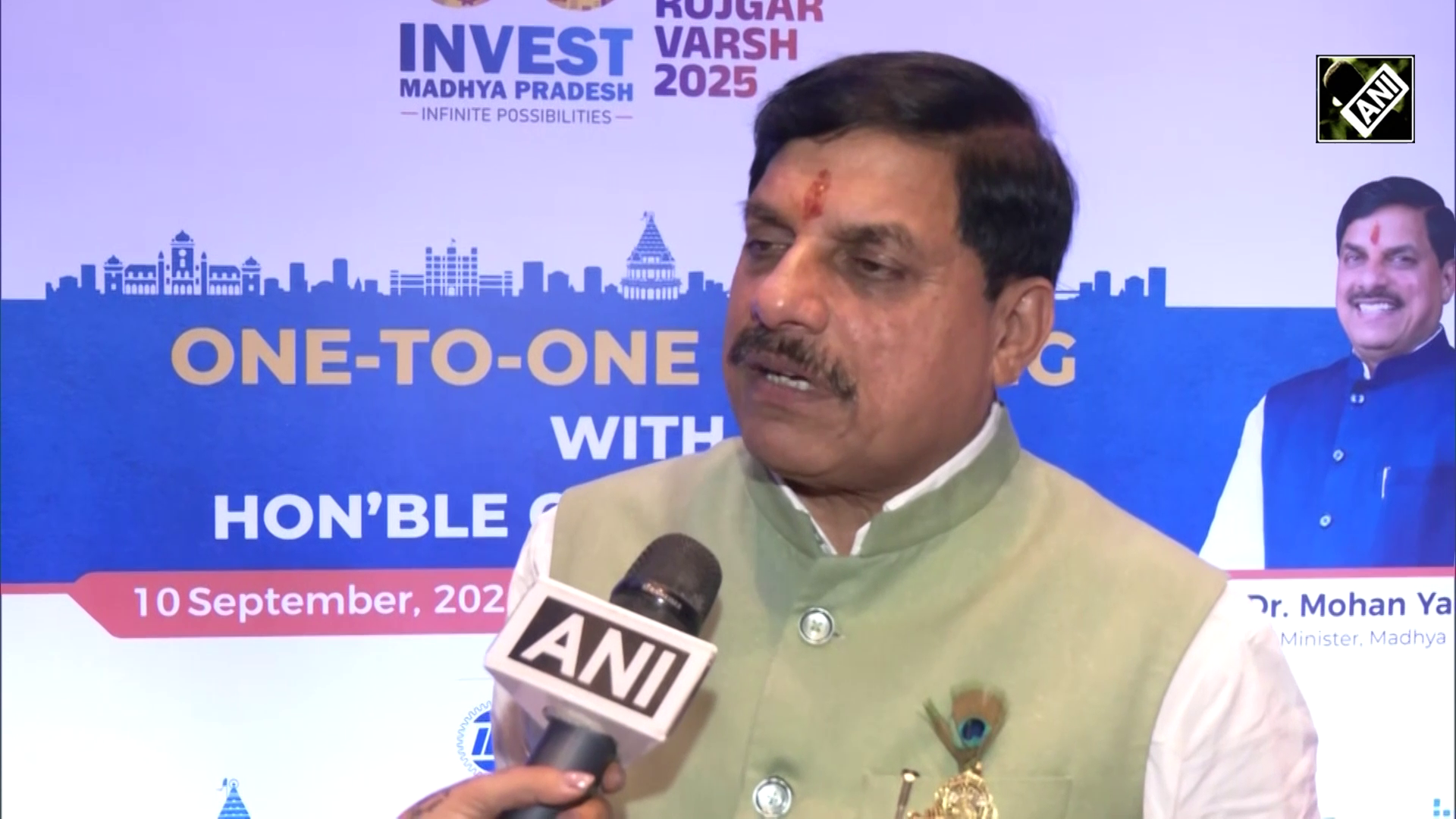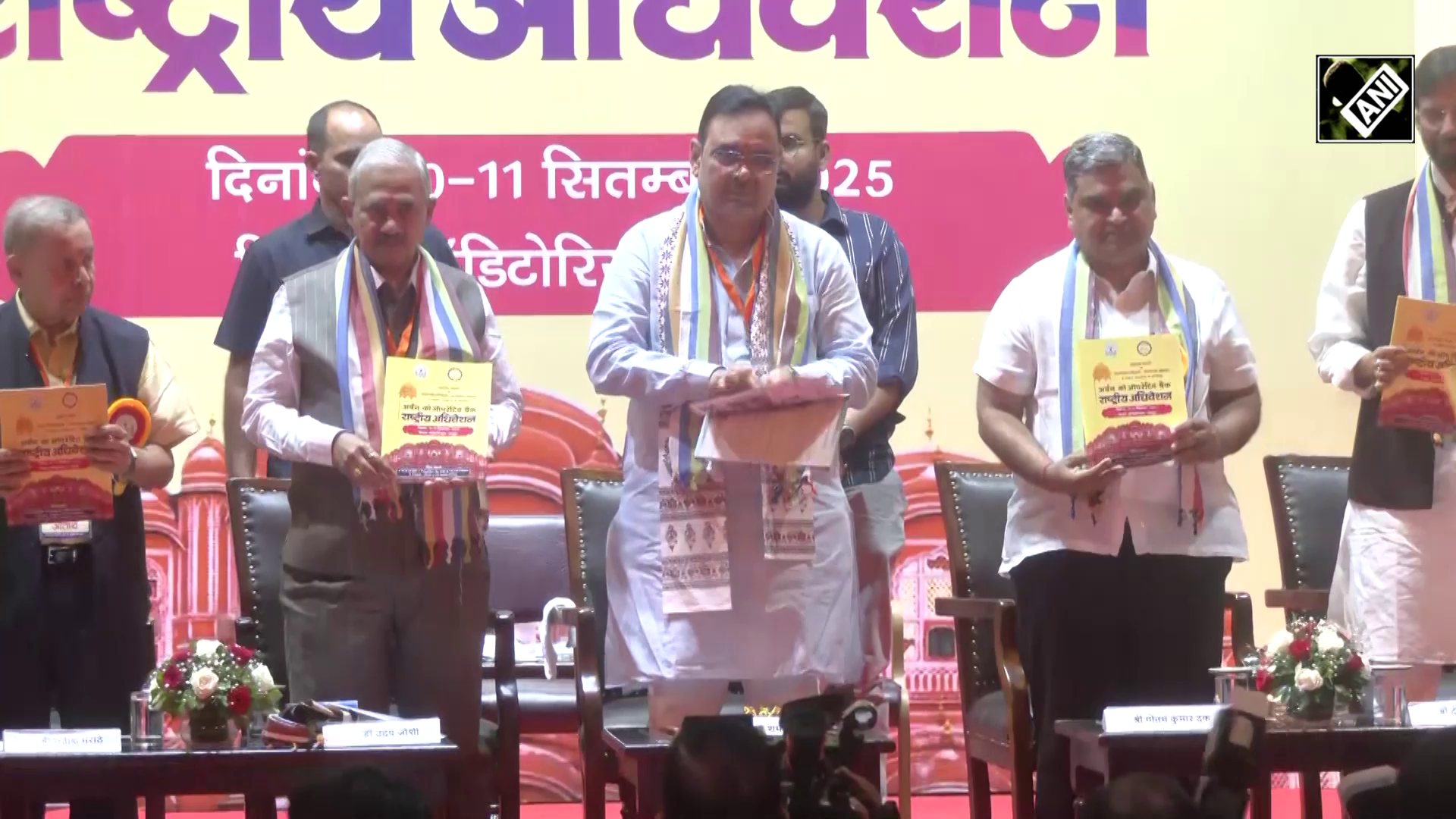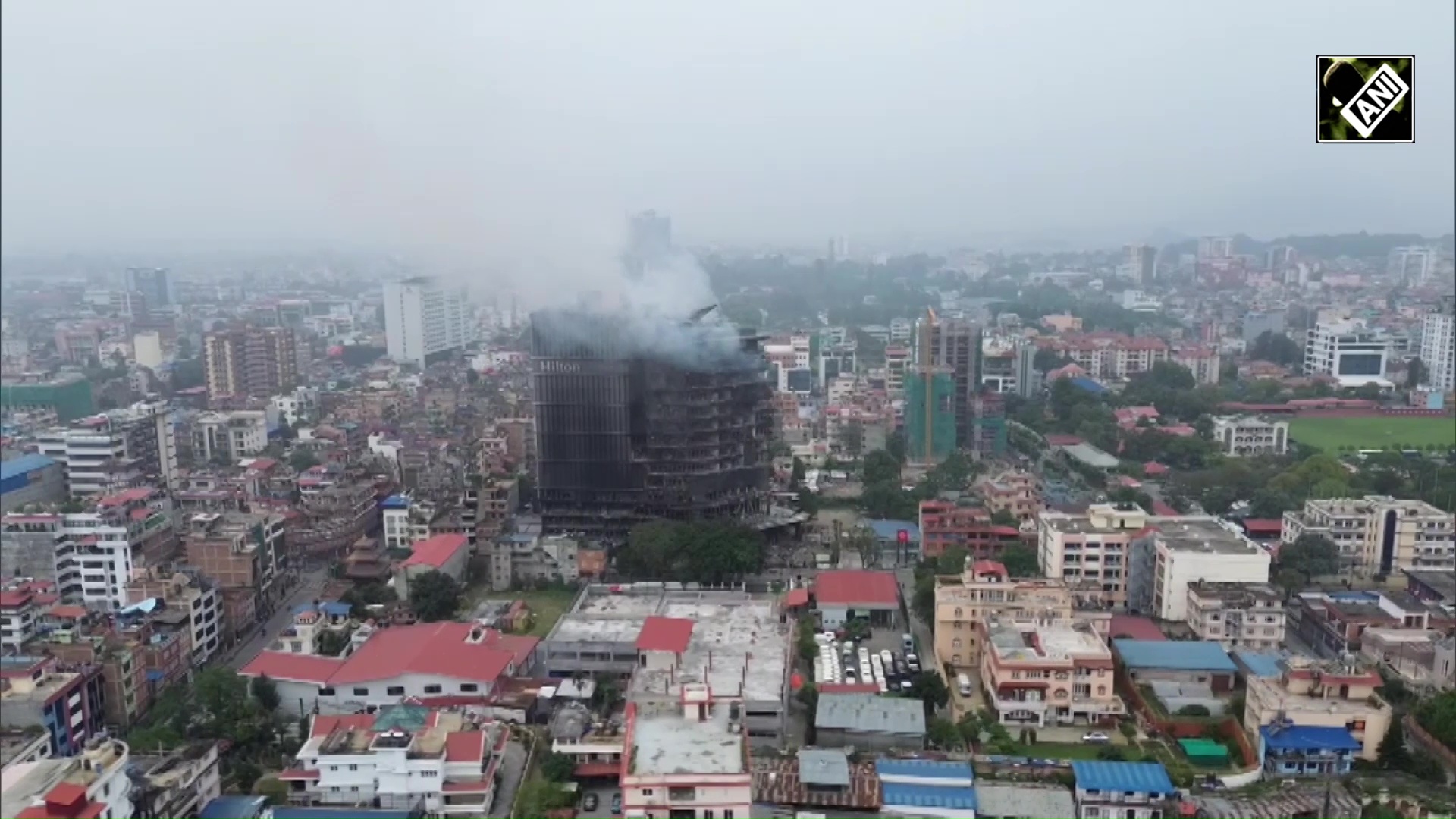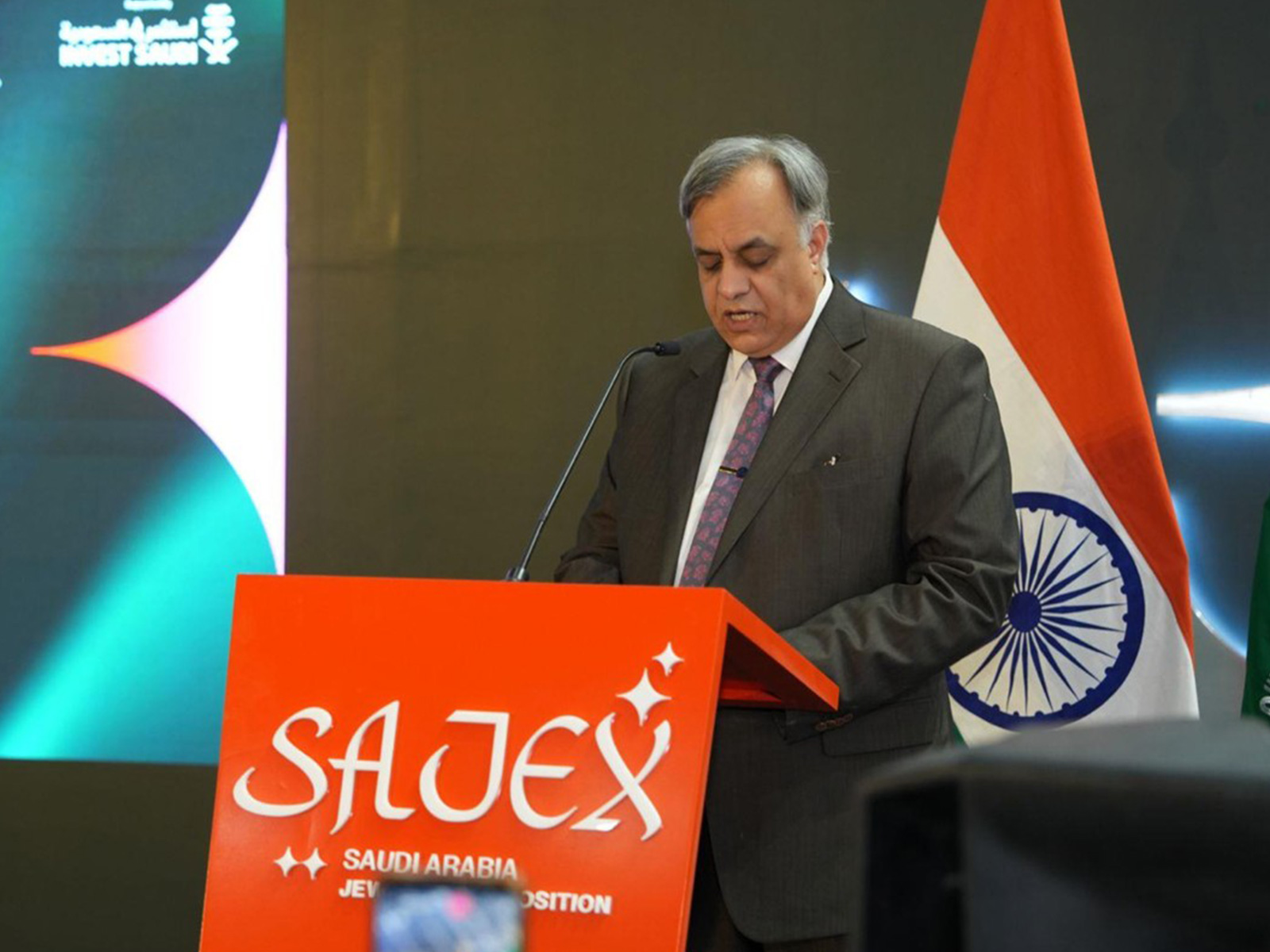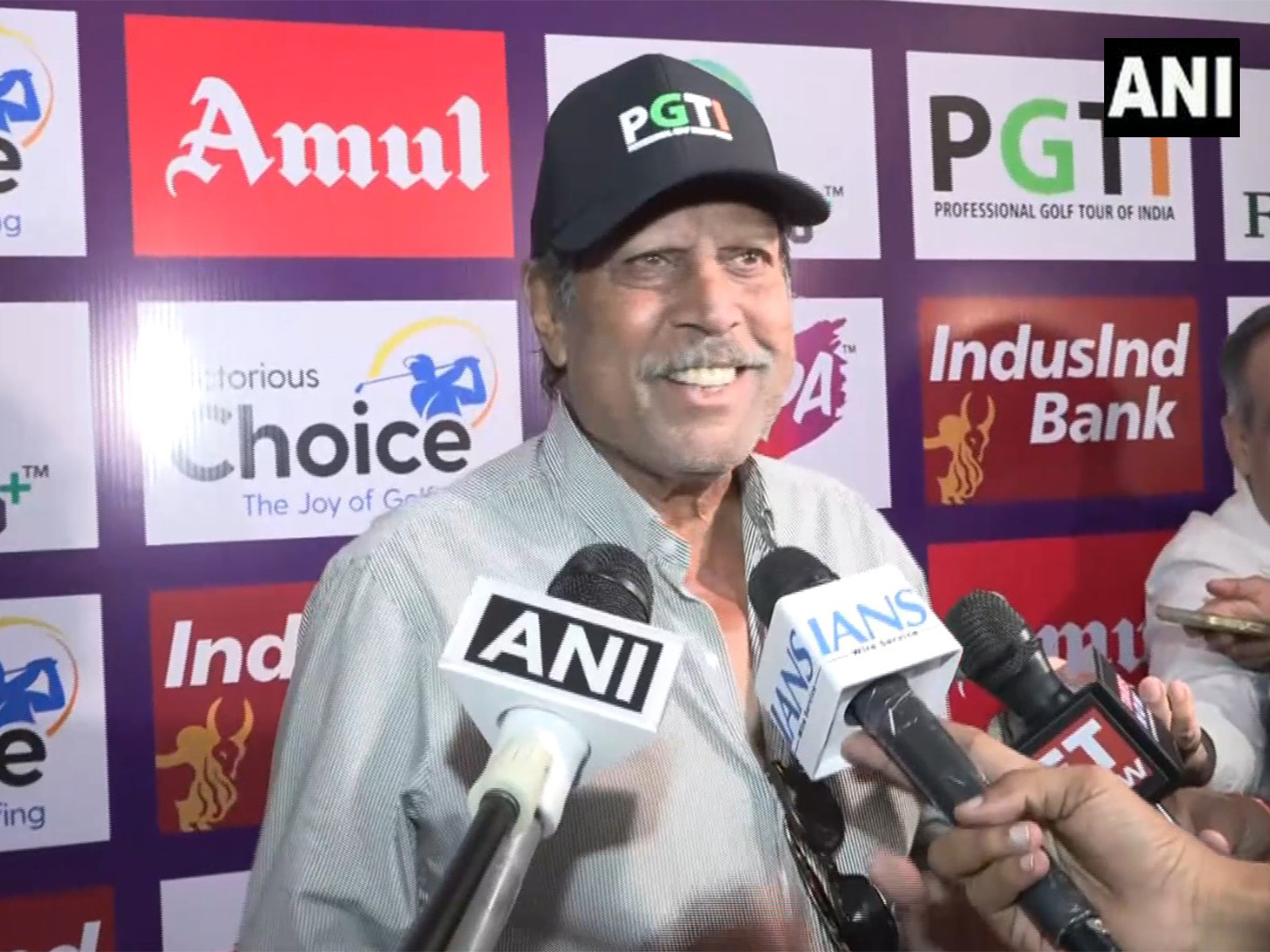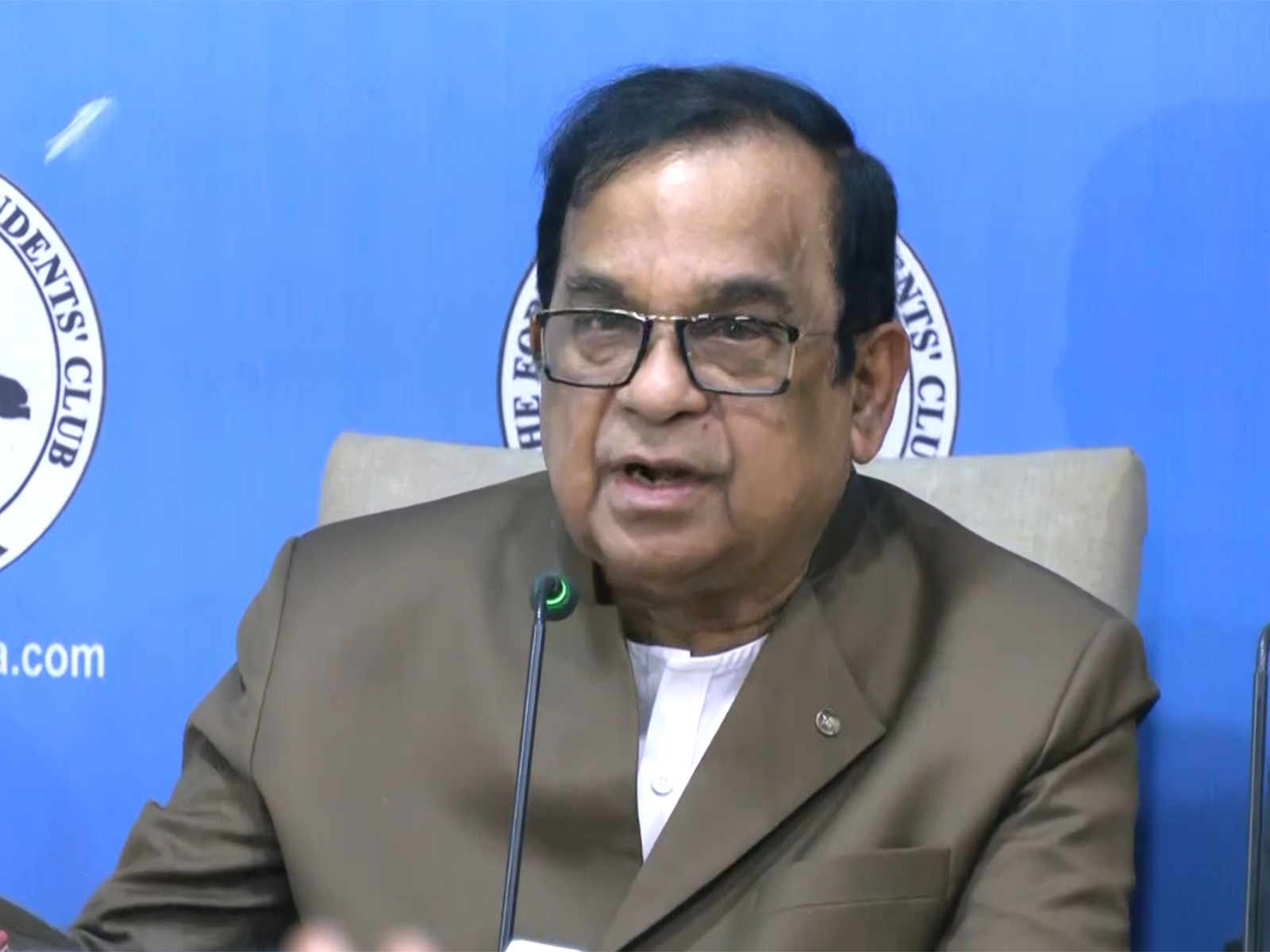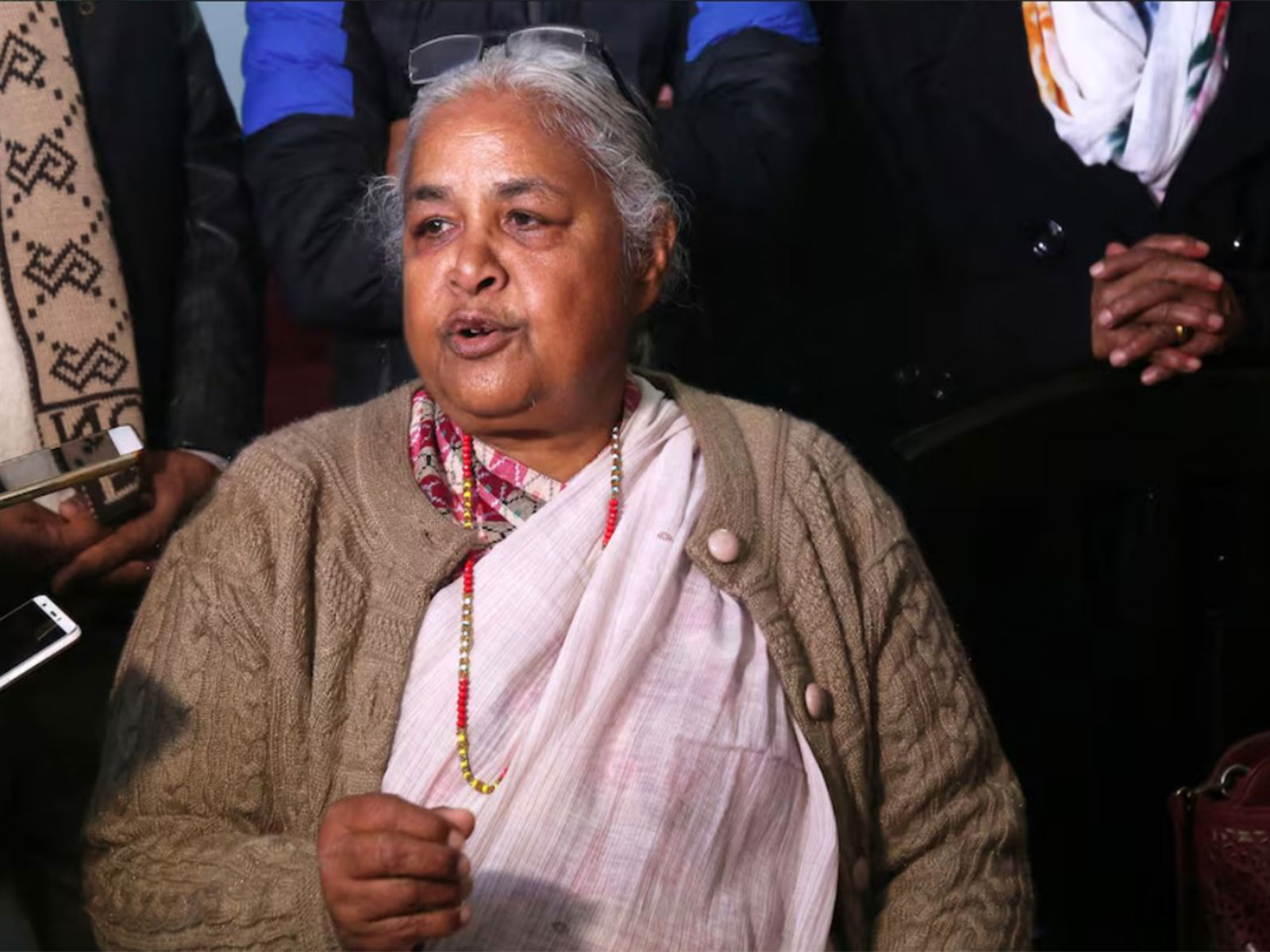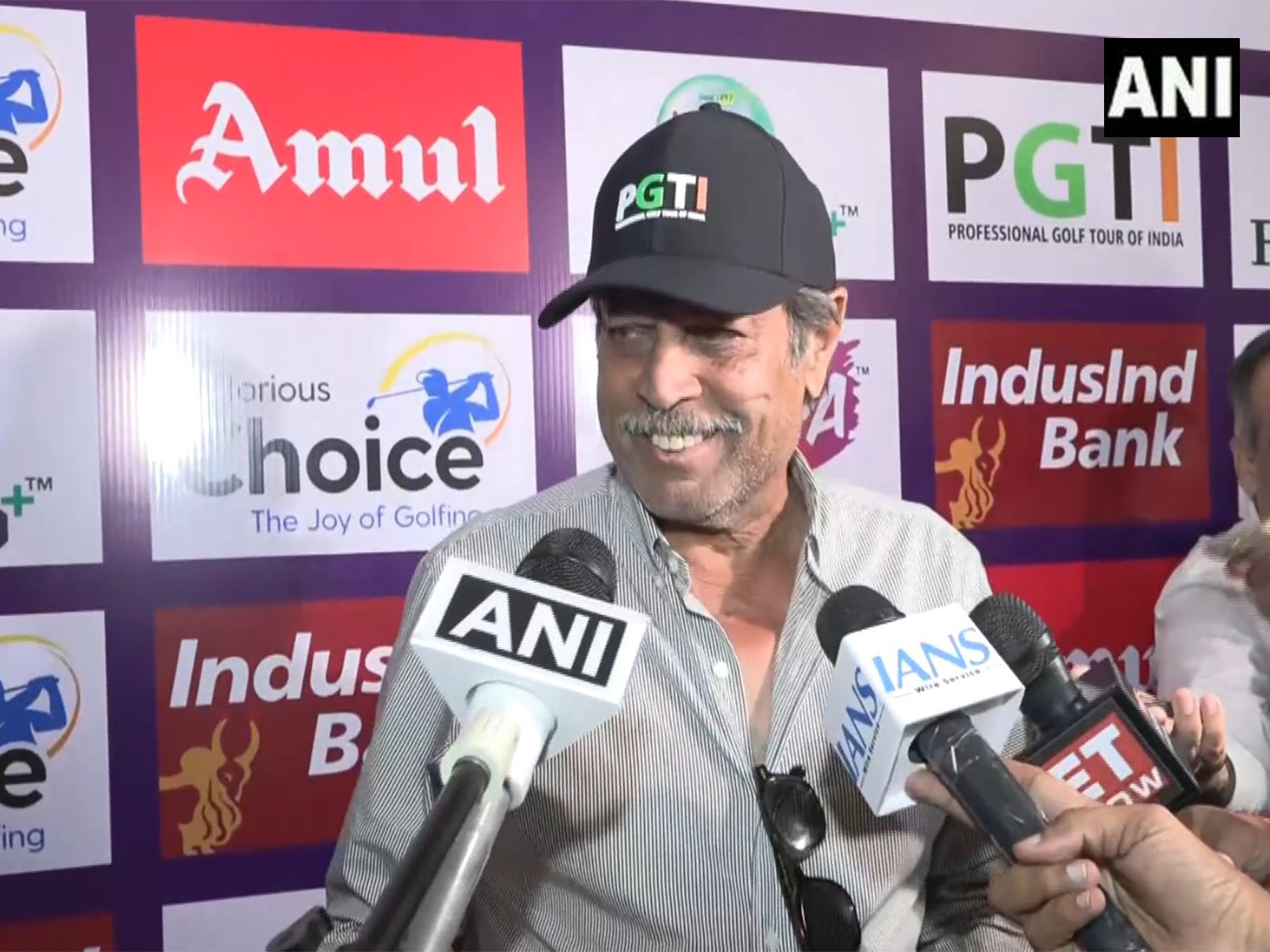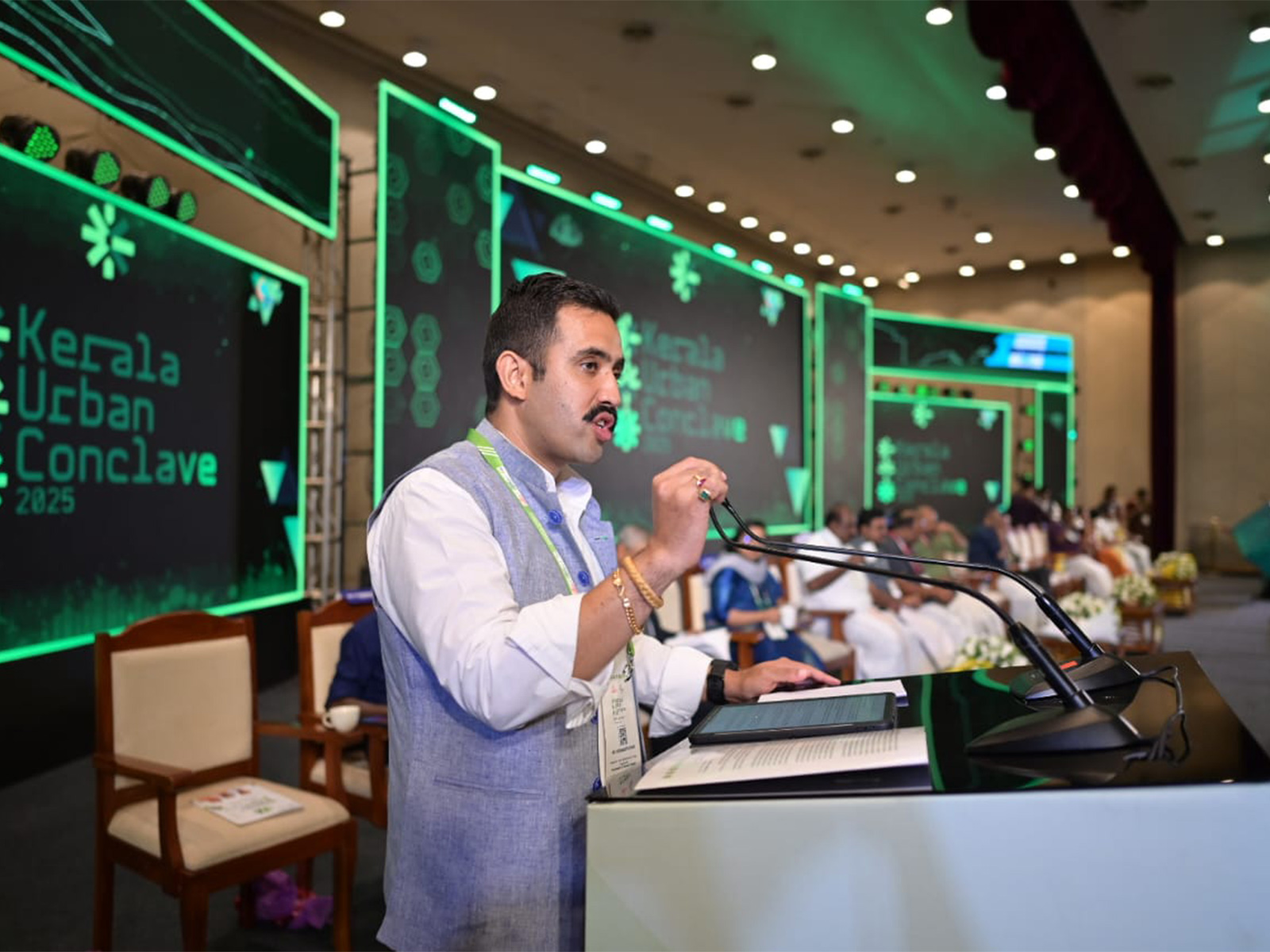
Himachal Pradesh emerging as a model for mountain urbanisation: Minister Vikramaditya Singh
Sep 12, 2025
Kochi (Kerala), September 12 : Himachal Pradesh is steadily emerging as a model for mountain urbanisation, with development efforts focused on sustainability and climate resilience, PWD and Urban Development Minister Vikramaditya Singh said on Friday.
Addressing the Conclave on 'Sustainable Urbanisation and Climate-Resilient Development, ' Singh said that Himachal, being one of the most ecologically sensitive regions, requires a distinct model of urban growth that balances development with environmental conservation.
According to the official statement, the Minister stated that Himachal Pradesh is advancing with a comprehensive vision for climate-resilient and sustainable urban development, steadily expanding its green building movement. The growing adoption of sustainable practices reflects the State Government's commitment to reducing environmental impact and enhancing quality of life through energy-efficient and resource-conscious designs.
The Minister informed that the State Government has adopted measures such as climate-smart building codes, vulnerability assessments in urban master plans, and ecosystem-based adaptation to address the challenges posed by climate change. Technology is being integrated with traditional knowledge to develop early warning systems, slope stabilisation through bioengineering, and smart water management, ensuring water security.
He highlighted new financing models, including the 'Himachal Green Development Fund', carbon credit monetisation, and tourism-linked infrastructure bonds. Public-Private-Community Partnerships are also being encouraged to ensure people's participation in development, he stated.
PWD and Urban Development Minister said that Himachal has become the first state in the country to achieve 100 per cent renewable electricity, while Shimla and Dharamshala are moving towards fully electric public transport. Cable car systems and non-motorised pathways are being developed to ease urban congestion.
Himachal was a custodian of one of India's most ecologically sensitive and spiritually significant regions, he said, adding that Himachal was emerging as a model for mountain urbanisation, with several states and countries following and adopting its practices. By 2047, the State aims to become the world's first climate-positive mountain state.'
Emphasising that sustainable urbanisation must preserve Himachal's rich cultural and spiritual heritage, he said that traditional architecture, temple buffer zones, and sacred grove protection are being integrated into development plans.
Our state presents a unique urbanisation challenge, and we are home to some of India's most visited tourist destinations, fastest-growing urban centres, and simultaneously, some of the most climate-vulnerable ecosystems, he said.
"When we speak of urban development in Himachal, we not merely discuss concrete and steel but also about preserving the sanctity of places where millions come seeking spiritual solace - from the sacred peaks of Mount Kailash to the ancient temples of Chamba. We're discussing development that honours both the aspirations of our 75 lakh family members and the responsibility we bear, as guardians of the Western Himalayas", he said as per the release.
Over the past decade, our forest cover has increased to 27.72 per cent, the highest among all the Indian states. This achievement did not happen overnight but through conscious policy frameworks that reflect that development and conservation can be complementary forces to preserve the environment and forest wealth, he stated.
"The 2023 monsoon season brought this reality home starkly. Unprecedented rainfall all over the State, cloud bursts and flash floods in Kullu-Manali and landslides remind us that climate resilience is not optional - it's essential for survival", he stressed.
Our tourism contributes around Rs. 15,000 crore annually to the state economy. This ensures that communities hosting visitors benefit directly while maintaining the pristine environment that attracts tourists. "The future of urbanisation will be decided not in the metros and mega cities alone, but in places like Himachal Pradesh, where development and conservation are not optional but mandatory", said Vikramaditya Singh.
Earlier, he also met Union Minister of Housing and Urban Affairs, Manohar Lal Khattar, and honoured him.
Chief Ministers of various states, distinguished ministers, urban planners, development partners, climate experts, and fellow guardians deliberated upon the topic.
Participants from more than 10 countries, comprising 1,000 attendees and over 60 speakers, provided valuable suggestions on urbanisation models.
